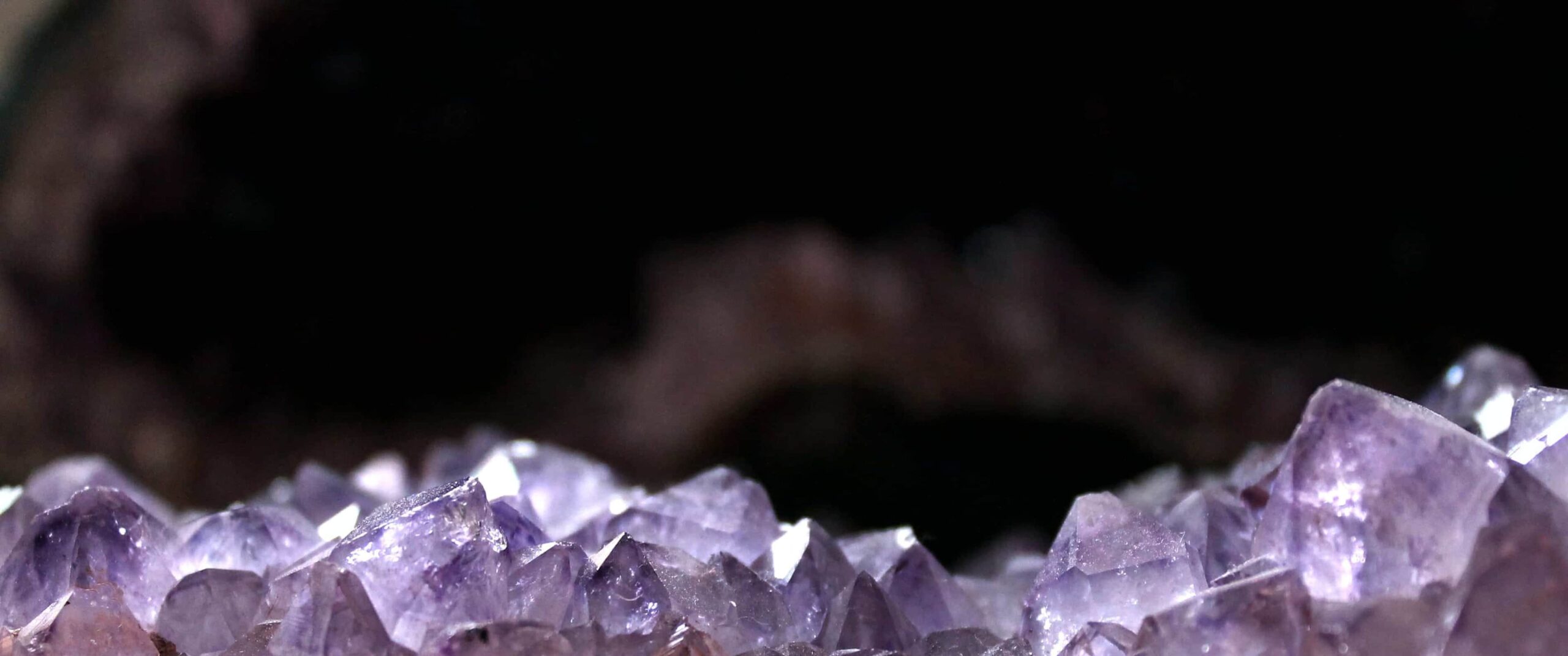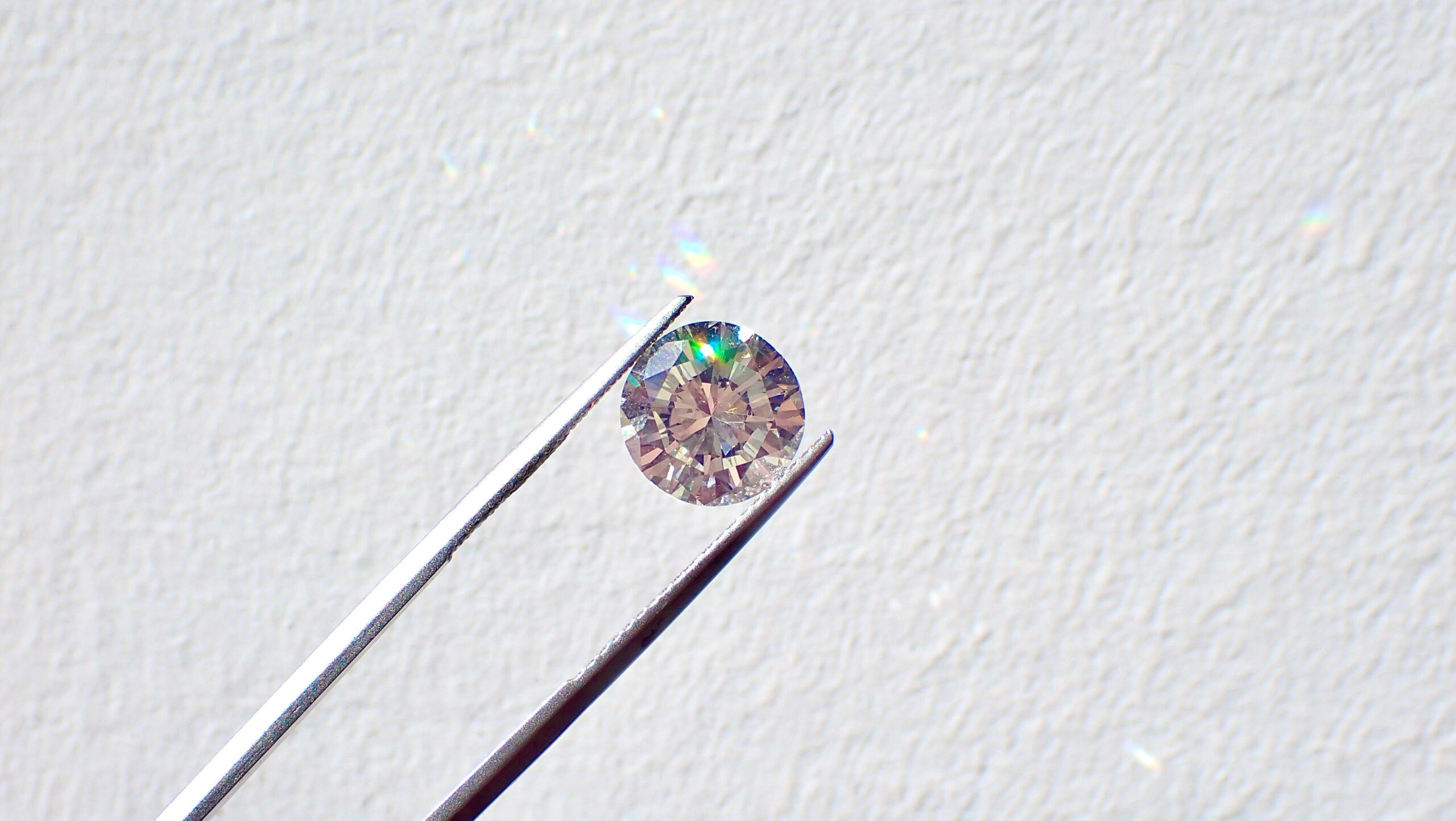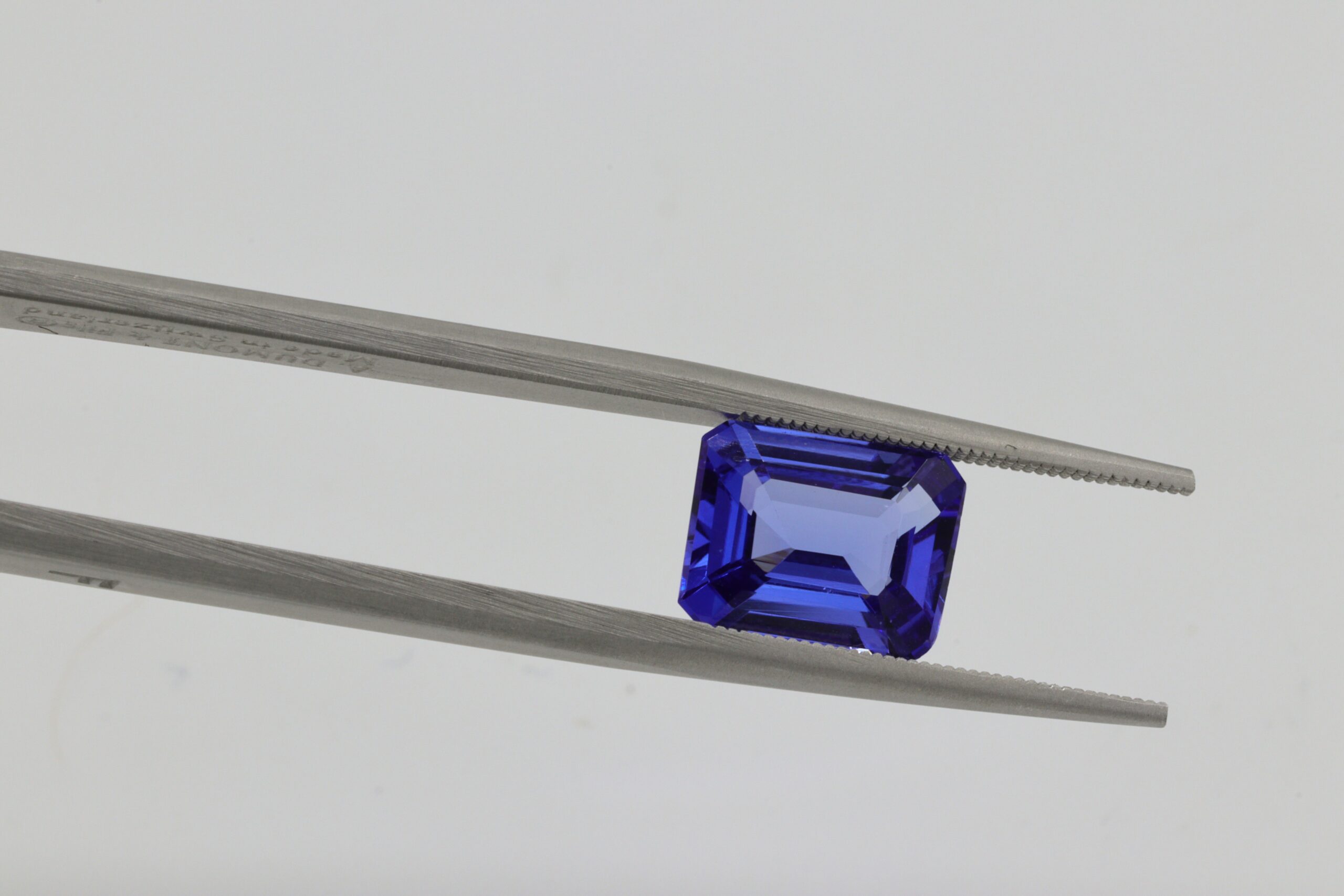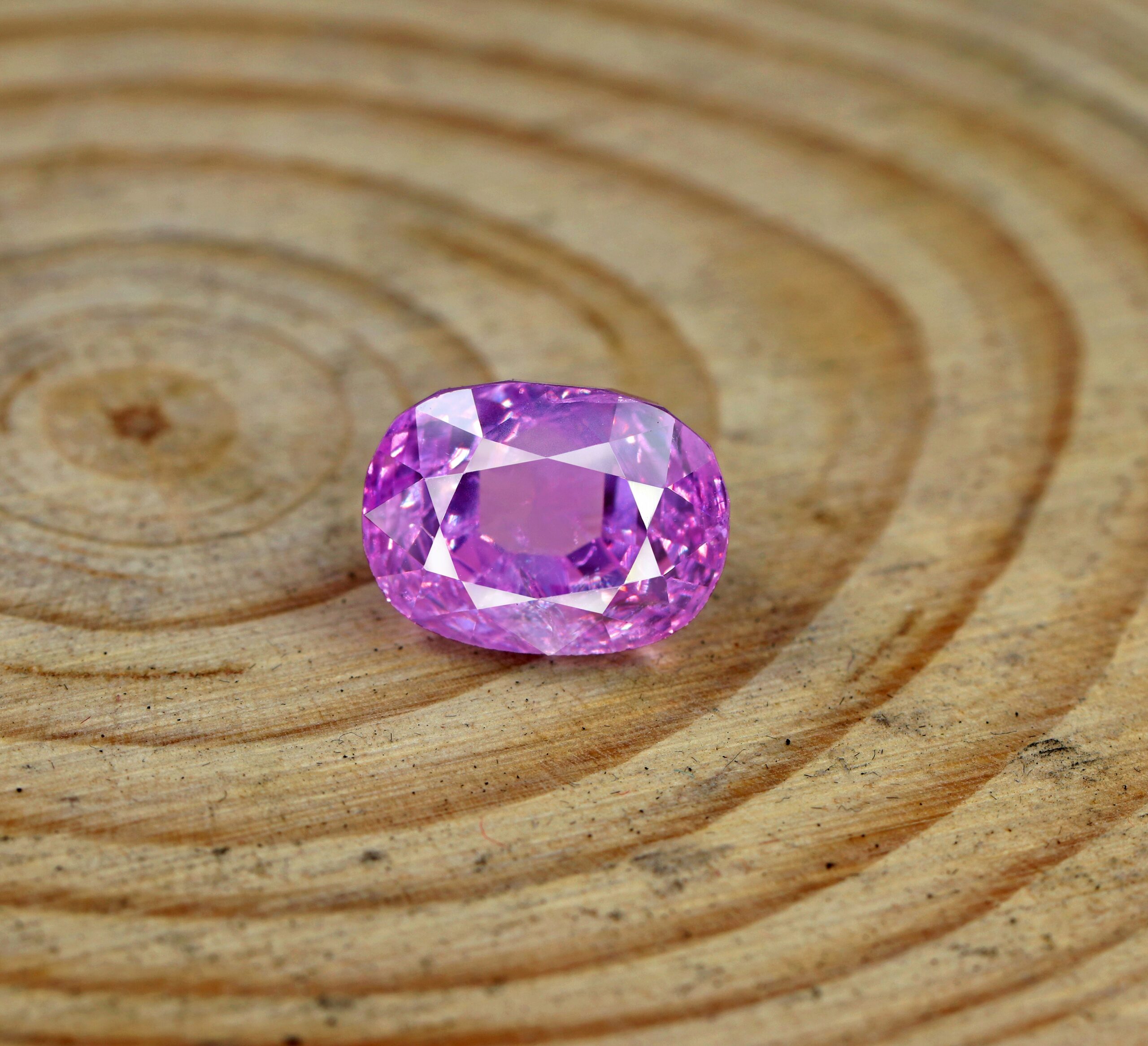If you’ve ever admired the sparkle of a sapphire or held a shimmering quartz in your hand, you’ve probably wondered — what’s the real difference between crystals and gemstones? These two terms are often used interchangeably, but they actually refer to distinct things. Understanding their differences not only deepens your appreciation for nature’s beauty but also helps you make informed choices when buying or collecting them.
Let’s break it down.
What Are Crystals?
Crystals are naturally occurring solid substances with a specific internal atomic structure. Their atoms are arranged in a repeating, orderly pattern that gives each crystal its unique shape and properties.
Crystals can form in various environments — deep within the Earth’s crust, inside geodes, or even on the surface of caves. Each one carries its own natural energy and beauty.
Common Crystals Include:
- Quartz – Known for clarity and healing energy
- Amethyst – A purple variety of quartz associated with calmness
- Citrine – A yellow-orange crystal symbolizing positivity and abundance
- Rose Quartz – The stone of love and emotional healing
Crystals are often used for spiritual practices, meditation, and energy healing because of their natural vibrations and metaphysical properties.
What Are Gemstones?
Gemstones, on the other hand, are crystals or minerals that have been cut, polished, and refined for use in jewelry or decorative items.
To be classified as a gemstone, a mineral must be:
- Beautiful – Appealing color, clarity, and luster
- Durable – Hard enough to withstand wear and tear
- Rare – Not easily found in nature
Examples of Gemstones:
- Sapphire – Valued for its deep blue hue and brilliance
- Ruby – The red variety of corundum, symbolizing passion
- Emerald – A green gemstone associated with prosperity
- Diamond – The hardest natural substance on Earth
Essentially, all gemstones start as crystals, but not all crystals become gemstones.
The Key Difference: Nature vs. Refinement
The main difference between crystals and gemstones lies in their purpose and processing.
- Crystals are natural, often raw and unpolished. They are appreciated for their metaphysical energy and natural beauty.
- Gemstones are crystals that have been enhanced by human craftsmanship — cut, faceted, and polished to bring out their brilliance for adornment.
Think of it this way:
A crystal is nature’s creation, while a gemstone is nature’s masterpiece refined by human hands.
Energy and Symbolism
Both crystals and gemstones carry symbolic meanings, but the focus differs slightly:
- Crystals are often linked to healing, meditation, and energy work.
- Gemstones are commonly associated with status, love, and celebration, often used in engagement rings and fine jewelry.
For example, amethyst is both a crystal and a gemstone — when in its natural form, it’s a crystal used for spiritual healing; when cut and polished, it becomes a gemstone used in jewelry.
How to Choose Between Crystals and Gemstones
Your choice depends on what you value most:
- If you’re drawn to natural beauty, energy, and healing, go for crystals.
- If you love elegance, craftsmanship, and timeless jewelry, gemstones will never disappoint.
Many collectors and enthusiasts even enjoy both — using crystals for personal energy work and gemstones for adornment and investment.
Final Thoughts
Crystals and gemstones may share the same origins, but their journeys take different paths.
A crystal is raw energy from the Earth, while a gemstone is that same energy transformed into a wearable treasure.
Whether you’re a spiritual seeker, a gem collector, or a jewelry lover, understanding this distinction helps you appreciate the artistry of nature — and the magic that turns simple stones into symbols of beauty, energy, and love.




Leave a Reply
You must be logged in to post a comment.